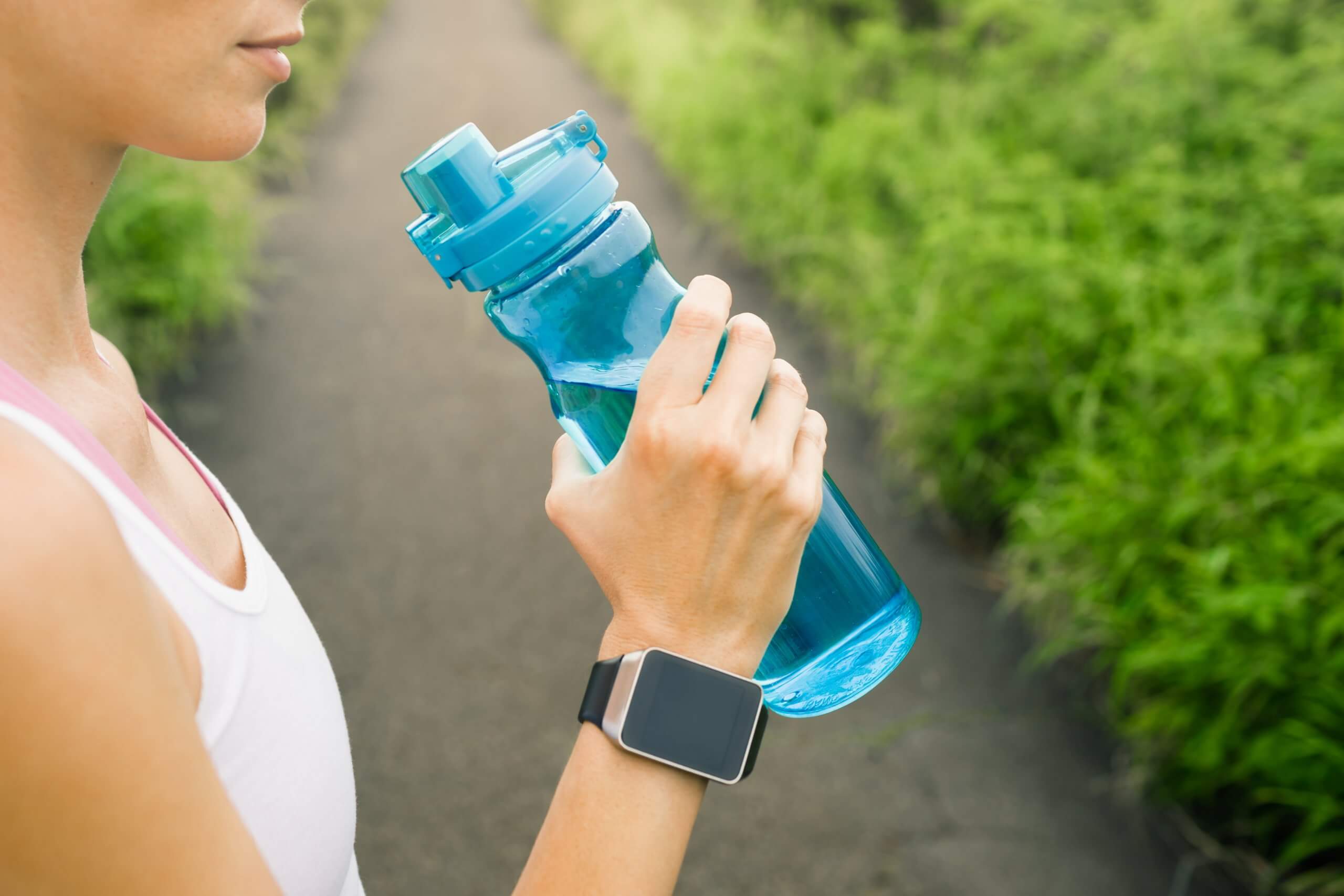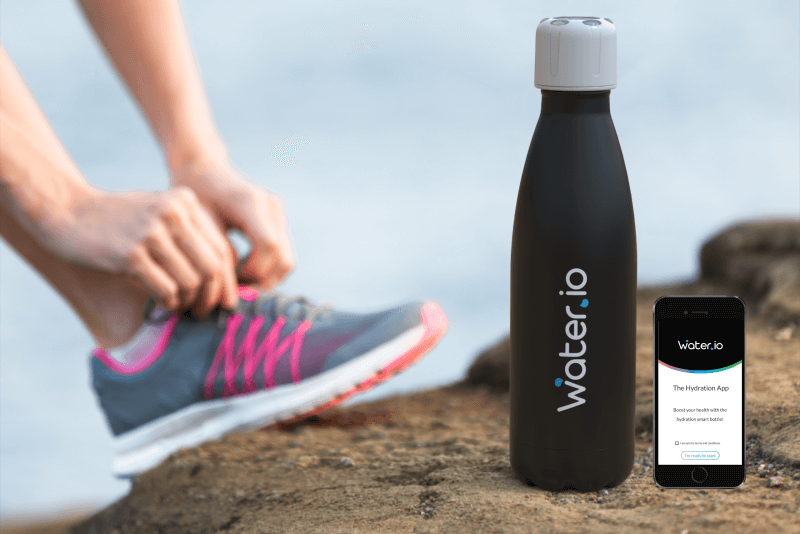Types of Wearable Health Technology and How it Effects Us
As electronic goods continue to advance becoming more discreet and smarter – they have been adapted so the user can wear them and transmit information intelligently to other devices.
As electronic goods continue to advance becoming more discreet and smarter – they have been adapted so the user can wear them and transmit information intelligently to other devices. One sector of wearable technology includes those used for health-conscious consumers and for medical reasons. Health wearables have two distinct categories. first, the commercially sold health wearables like FitBit that track the user’s everyday activities, exercise levels, and vital statistics. The second category concerns those who need medical monitoring or assistance like wearable glucose or heart rate monitors. In this post, we will provide a brief overview of both types of wearable health technology and what these technologies mean for the future of health care.
What are smart pills or “ingestibles”?
This is a form of technology that has many different functions both medicinal and diagnostic. A pill is considered “smart” if it has technologic components embedded into it. These components can be microchips, cameras, or sensors that wirelessly communicate with wearable software or mobile apps, to computers at pharmacies or doctor’s offices and with smart devices.
Commercial Wearables
Over the past decade with the advent of smartphones, consumers have never been more connected to electronic devices. As mobile apps developed so did the technology that utilizes the apps – this includes wearable technologies that syncs with a smartphone providing real-time information about the user. Most of these are fitness based devices that help users understand their physical wellbeing as well as tracking their progress. The original fitness wearable is the FitBit and there are other “watches” designed to track steps taken, calories burned, heart rate and area traveled (GPS). Some of the other brands on the market may offer more specific software like running or swimming and other features like waterproofing or a more streamlined or discreet look.
These fitness/health trackers operate by using sensors that always have contact with the skin and are typically secured around the wrist. These wearables have digital display screens that show steps taken, calories burned, and the time/date. They can also show heart rate, include a stopwatch feature, and even allow the phone to sync its notifications like text messages, emails, incoming calls, and upcoming appointments in the calendar. This type of wearable has special software and apps that connect to the users’ phone, tablet, or computer to relay the information that it tracks and sync other data from the smart devices to the wearable.
Some other notable brands include the Garmin Vivomove which has a fashion-forward look of a high-end watch rather than a fitness band. This watch has a great watch design and is also waterproof so it doesn’t have to be taken off in the shower or swimming pool. Like other fitness wearables, it has an app that connects with both Andriod and IOS devices. Another take on the fitness band comes from the Apple Series 2 watch – which does everything the regular watch can do but also can track fitness workouts, keep up with running distances and locations, and can even be worn in the pool.
Depending on your fitness regimen, you can find one of these wearables that will fit your needs and help you keep track of your workouts. These wearables promote healthiness and can help improve the user’s physical condition. And even the more inactive wearer can still benefit from the synchronization with other apps and devices, making these wearables useful both inside the gym and in the real world.
Medical Wearables
The next category deals with more innovative technology – the type of wearables that keep patients aware of their bodies, medications, and illness. Not only do the medical wearables help patients but they can also keep doctors aware of their patients’ medication adherence, what medications work most effectively, and updates on their patients’ conditions. The difference between these types of wearables and the commercially available ones is that the sensors are located in different/multiple locations on the body. These sensors are tailored to be put on certain parts of the body that will relay the most information about a certain ailment.
For example, the Valedo wearable is meant for those with lower back pain. Sensors adhere to the lower back and then transmit data through the app. The app and interface then give exercises and instructions to the wearer of how to treat their back pain. Another orthopedic wearable (Quell Relief) comes in the form of a knee brace that offers all the support and functionality of a knee brace while using sensors/electrodes to transmit information and deliver pain medication.
The Heath Patch MD is a wearable patch that transmits information to the doctor about their patient. The biosensor is disposable and able to read heart rate, temperature, breathing, steps taken, and can even tell if a person is injured or has fallen.
There is also a new take on delivering medication through wearables. One company (Helius by Proteus Digital Health) uses an edible pill that delivers medication but also monitors the effectiveness of that medication. The edible pill can also alert doctors to the patient’s medication adherence and compliance. Another wearable that is similar looking to the FitBit, doesn’t track vital stats but instead can detect changes in a body that is trying to quit smoking. The minute changes are recorded by the device and then nicotine like medication is given through the device to curtail any cravings for cigarettes. These are just some of the newest and modern medical wearables that are meant to help the patient with their treatments and the doctors that monitor their care.
The Future of Wearables
Electronics just keep getting smaller and stronger – these microdevices are able to transmit and store data unlike ever before. As more people are affected by diabetes – apps and devices are in development to help those patients monitor their symptoms without pricking their finger. Google has been developing a contact lens that can adjust to the person’s vision and detect glucose levels through the person’s tears. There is another company that is developing a wearable to help Asthma patients control and track their symptoms.
As technology advances more and more of these types of devices will be available to the sick and aging public. Commercially available health wearables can also help users be aware of their health and encouraging an active lifestyle that could prevent certain ailments and diseases. Wearable health technology will just continue to develop and become more prevalent in the years to come.





